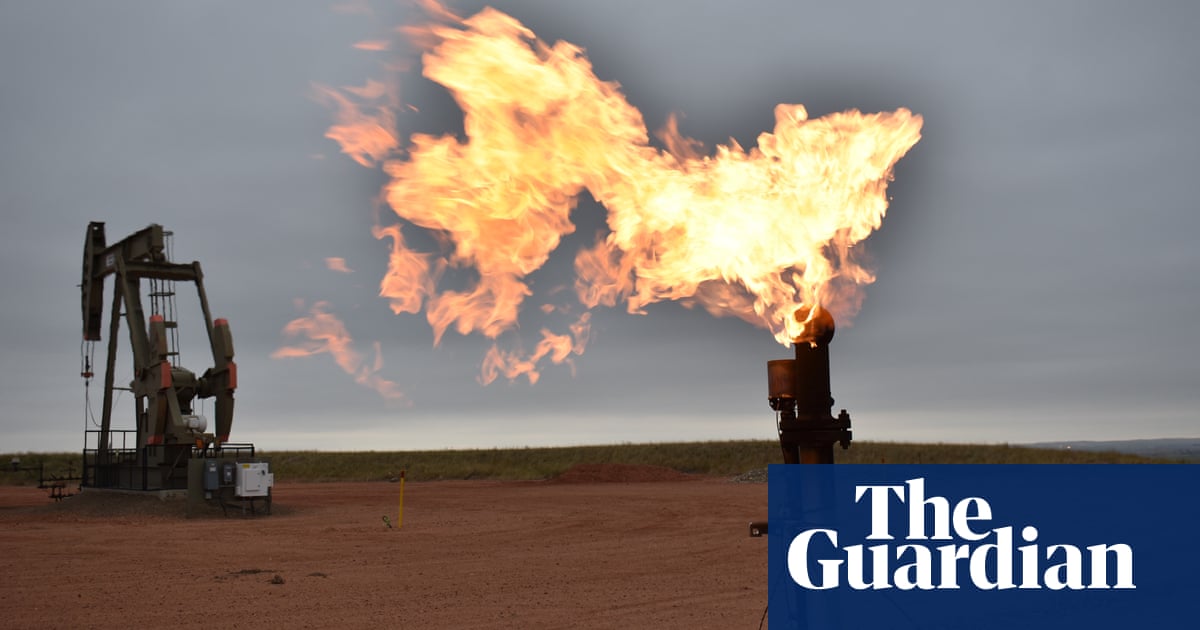mspohr
Well-Known Member
Gizmodo: Big Oil's New Ad Campaign Is 'One of the Creepiest' It's Ever Made. Big Oil's New Ad Campaign Is 'One of the Creepiest' It's Ever Made
The fossil fuel industry has worked in very overt ways to maintain its market share. Those range from peddling in climate denial and lobbying against climate legislation. But Valero’s “Essential for Life” campaign represents a growing front in the industry’s efforts to keep turning out billions in profits at the expense of the climate. That front is one where the industry tries to convince the public that we simply can’t live without fossil fuels. (This is, in part, true because of the decades of efforts blocking action!)
The fossil fuel industry has worked in very overt ways to maintain its market share. Those range from peddling in climate denial and lobbying against climate legislation. But Valero’s “Essential for Life” campaign represents a growing front in the industry’s efforts to keep turning out billions in profits at the expense of the climate. That front is one where the industry tries to convince the public that we simply can’t live without fossil fuels. (This is, in part, true because of the decades of efforts blocking action!)







